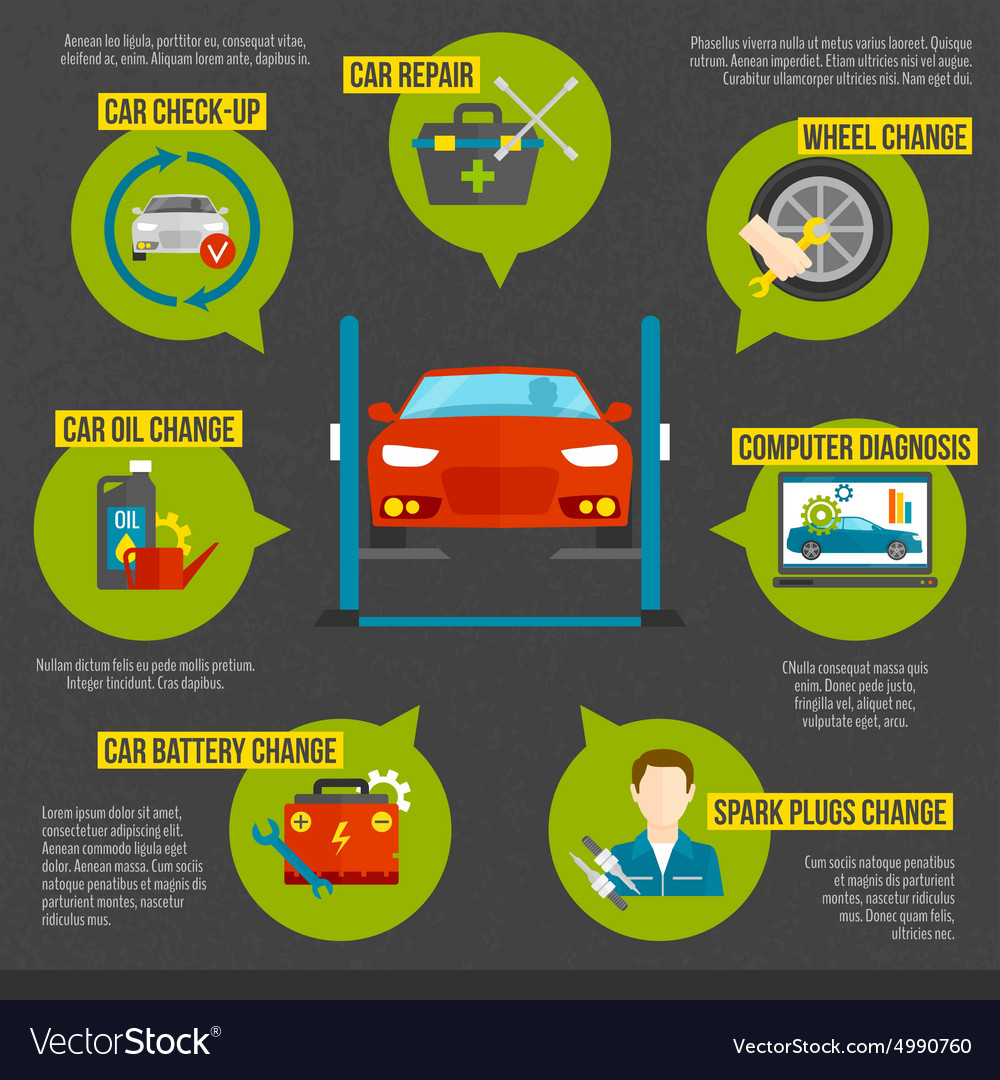Exactly How To Recognize One Of The Most Common Caution Lights On Your Dashboard And What They Mean
Exactly How To Recognize One Of The Most Common Caution Lights On Your Dashboard And What They Mean
Blog Article
Writer-Houghton Kondrup
When you're behind the wheel, those control panel caution lights can be an actual secret. But did you recognize that analyzing them can save you from possible auto troubles in the future? From the threatening check engine light to the refined oil pressure caution and the ever-important battery light, every one acts as an essential signal from your car. It's time to shed light on these typical dashboard cautions and equip on your own with the knowledge to navigate the road in advance.
Recognizing the Inspect Engine Light
When your control panel lights up with the check engine light, it's important not to panic however to take immediate activity. The check engine light serves as a caution that your automobile's onboard diagnostic system has actually identified a possible issue with the engine, exhausts, or various other critical parts. Overlooking this light can lead to extra serious issues later on, so it's essential to address it without delay.
To comprehend the resource of the issue activating the check engine light, you can use an OBD-II scanner to obtain the particular difficulty codes kept in your vehicle's computer system. These codes supply valuable information that can assist pinpoint the underlying problem.
While some concerns creating the check engine light may be minor, such as a loosened gas cap, others can indicate extra substantial concerns that need expert focus.
Deciphering the Oil Stress Warning
Upon observing the oil pressure advising light on your dashboard, instant attention is necessary. This caution indicates that the oil stress in your engine may be as well low, which can lead to significant engine damages otherwise dealt with immediately. click over here can be triggered by a selection of problems such as a leakage, a damaged oil pump, or reduced oil levels. Neglecting this cautioning light could cause costly repair work and even engine failing.
If you see the oil pressure alerting light begun, the primary step is to safely pull over sideways of the roadway and shut off your engine. Check the oil degree utilizing the dipstick and ensure it goes to the recommended degree.
If the oil degree is low, top it up with the appropriate oil for your car. If the oil level suffices, don't proceed driving and seek assistance from a mechanic to identify and repair the issue promptly. Bear in mind, maintaining correct oil stress is essential for the wellness and durability of your engine.
Translating the Battery Light
To decode the significance of the battery light on your control panel, you have to recognize its crucial duty in your vehicle's electrical system. When the battery light brightens while you're driving, it suggests that the electric system isn't receiving sufficient power from the battery.
https://www.wearegreenbay.com/automotive/spend-less-at-the-pump-with-these-fuel-saving-tips/ could be because of a failing battery, a defective alternator, or problems with the charging system. Ignoring this advising light might lead to your car delaying or being incapable to begin.
If the battery light begins, it's suggested to securely pull over and have your automobile checked by an auto mechanic as soon as possible. They can perform diagnostics to identify the hidden issue and avoid a prospective breakdown.
Verdict
Now that you understand how to recognize the most common caution lights on your dashboard and what they indicate, you can deal with any type of possible problems immediately. Bear in mind, the check engine light, oil stress caution, and battery light are very important indications of your automobile's health. Remain informed, remain secure, and keep your vehicle running smoothly by taking notice of these warning signs.
